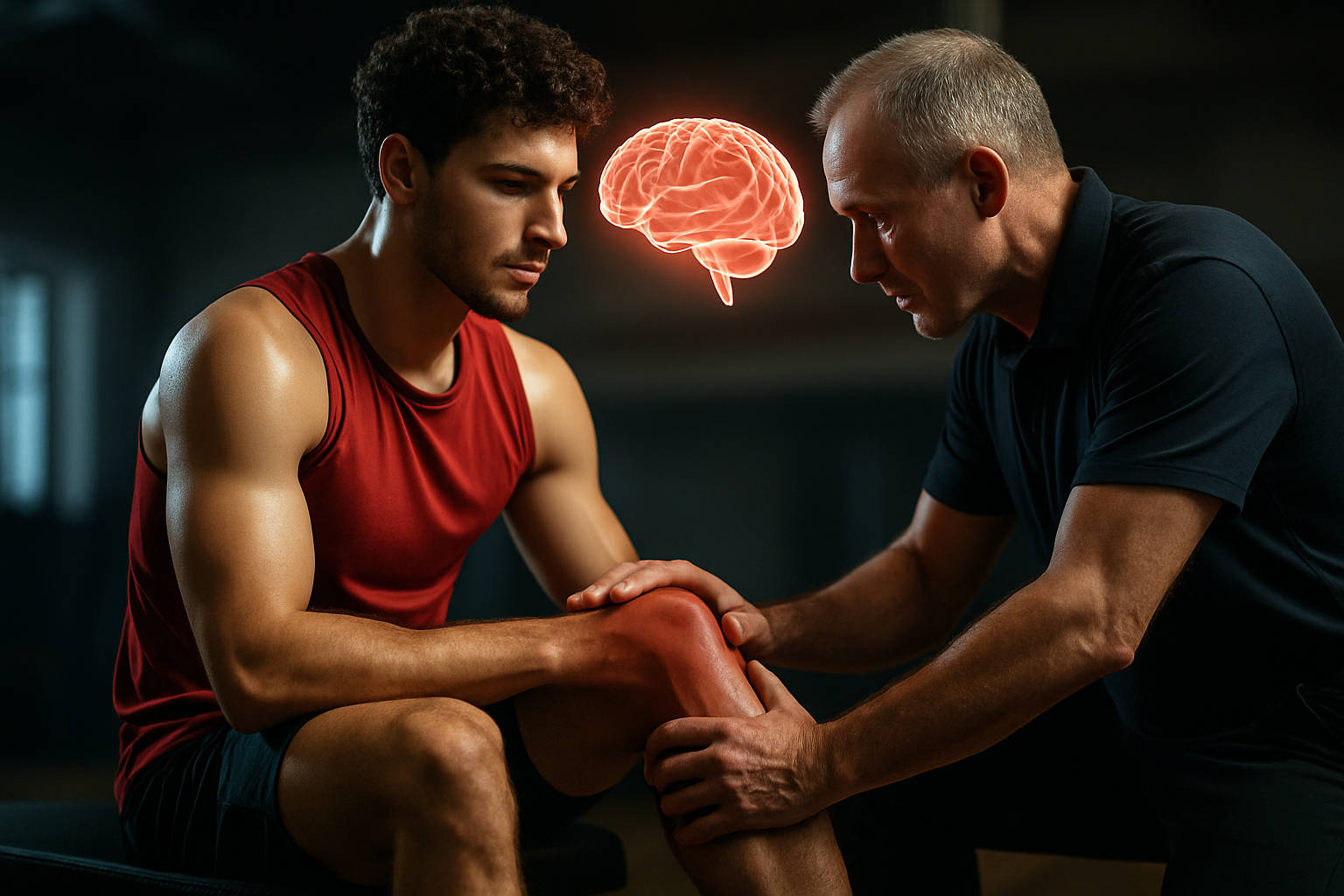Short Mobility Protocols for Rapid Pre-Game Activation
Short, focused mobility routines can help athletes move into competition-ready states quickly without compromising energy or focus. This article outlines concise protocols that prioritize joint range, neuromuscular readiness, and movement quality to support conditioning, power expression, and injury resilience in the minutes before play.

Short mobility work immediately before competition aims to prime the nervous system, reinforce movement patterns, and increase joint preparedness without inducing fatigue. A rapid pre-game activation should balance dynamic range of motion, soft-tissue readiness, and brief power bursts so athletes preserve energy for performance. Below are structured, evidence-informed approaches that integrate biomechanics, hydration cues, and simple analytics to guide timing and intensity. This material is for practical use in team or individual settings and can be adapted by coaches and athletes according to sport demands.
This article is for informational purposes only and should not be considered medical advice. Please consult a qualified healthcare professional for personalized guidance and treatment.
How does mobility influence athlete conditioning?
Mobility directly affects an athlete’s ability to adopt sport-specific positions and execute skills efficiently. Short protocols that target hips, thoracic spine, ankles, and shoulders improve mechanics for running, cutting, and striking without taxing aerobic or anaerobic systems. Use 6–8 movements performed for 6–10 reps or 10–20 seconds each, progressing from controlled range to sport-intensity movement patterns. Integrating dynamic mobility with brief movement rehearsals helps retain conditioning gains from prior training sessions while reducing compensatory patterns that raise injury risk.
How to blend mobility with strength and power work?
Rapid activation benefits from coupling mobility drills with low-rep, high-velocity strength elements to convert joint range into usable power. After dynamic joint prep, include 2–4 sets of short, explosive drills—such as broad jump progressions, medicine ball throws, or 1–3 heavy but technical sprint starts—kept under 8 total repetitions per movement to avoid fatigue. This sequence supports neuromuscular recruitment and power expression by reinforcing coordinated force transfer through recently mobilized joints.
What role do biomechanics and wearables play?
Simple biomechanical checkpoints—pelvic alignment, knee tracking, ankle dorsiflexion, and thoracic rotation—ensure mobility translates into safer, more effective movement. Wearables and analytics can provide objective cues (step symmetry, contact time, heart rate variability) to fine-tune pre-game intensity. Use these data sparingly in the warm-up phase: focus on whether metrics show normal readiness rather than chasing optimal numbers. Real-time feedback helps individualize the duration and intensity of activation to manage load and avoid overpreparation.
How does nutrition, hydration, and sleep affect activation?
Nutrition timing and hydration modulate neuromuscular function. A light carbohydrate snack 30–60 minutes before competition can support short-term power output, while consistent hydration maintains blood volume and thermoregulation. Sleep quality the night before is a major determinant of reaction time and coordination during activation. For short protocols, the goal is to avoid heavy digestion and to preserve glycogen for competition; favor small, familiar pre-event intakes and monitor urine color or bodyweight changes for hydration cues.
How to manage load, fatigue, and periodization around pre-game routines?
Short mobility protocols should be consistent with the athlete’s broader periodization plan. On heavy-load days or during congested schedules, keep pre-game activation briefer and prioritize neural primers over volume. Monitor fatigue markers—subjective readiness, localized soreness, and training analytics—to reduce intensity when cumulative load is high. Incorporate easier activation templates during tournament play and save longer mobility or rehabilitation sessions for recovery windows to avoid exacerbating fatigue.
How can rehabilitation and endurance needs inform short activation?
For athletes returning from injury, tailor pre-game mobility to both protect vulnerable tissues and permit performance. Emphasize joint control through low-load, high-quality movements and include progressive loading patterns that match rehabilitation progressions. Endurance athletes may use slightly longer dynamic sequences to elevate muscle temperature without creating glycogen depletion; runners can focus on ankle stiffness and hip drive, while court athletes may emphasize lateral readiness and deceleration mechanics. Communication with medical and performance staff ensures activation supports ongoing rehabilitation goals.
Conclusion
A concise pre-game mobility protocol balances joint range, neuromuscular priming, and sport-specific power without inducing undue fatigue. By prioritizing key joints, integrating brief explosive efforts, and using simple biomechanical checks or wearable feedback, athletes can enter competition in a stable, responsive state. Adaptations based on hydration, nutrition, sleep, and overall load help ensure the protocol complements periodization and rehabilitation needs while preserving capacity for peak performance.




